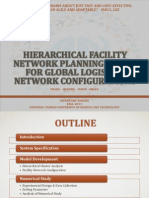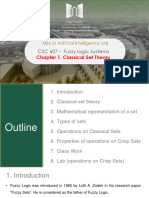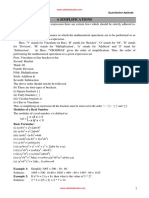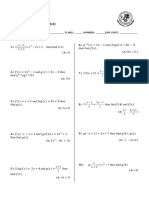0% found this document useful (0 votes)
67 views15 pagesSearching in AI
The document discusses various searching techniques in Artificial Intelligence (AI), categorizing them into uninformed and informed search strategies. It covers methods such as Breadth-First Search, Depth-First Search, and A* algorithm, detailing their advantages, disadvantages, and applications in problem-solving. Additionally, it addresses Constraint Satisfaction Problems and adversarial search strategies used in game playing.
Uploaded by
gesir71201Copyright
© © All Rights Reserved
We take content rights seriously. If you suspect this is your content, claim it here.
Available Formats
Download as PDF, TXT or read online on Scribd
0% found this document useful (0 votes)
67 views15 pagesSearching in AI
The document discusses various searching techniques in Artificial Intelligence (AI), categorizing them into uninformed and informed search strategies. It covers methods such as Breadth-First Search, Depth-First Search, and A* algorithm, detailing their advantages, disadvantages, and applications in problem-solving. Additionally, it addresses Constraint Satisfaction Problems and adversarial search strategies used in game playing.
Uploaded by
gesir71201Copyright
© © All Rights Reserved
We take content rights seriously. If you suspect this is your content, claim it here.
Available Formats
Download as PDF, TXT or read online on Scribd
/ 15























































































